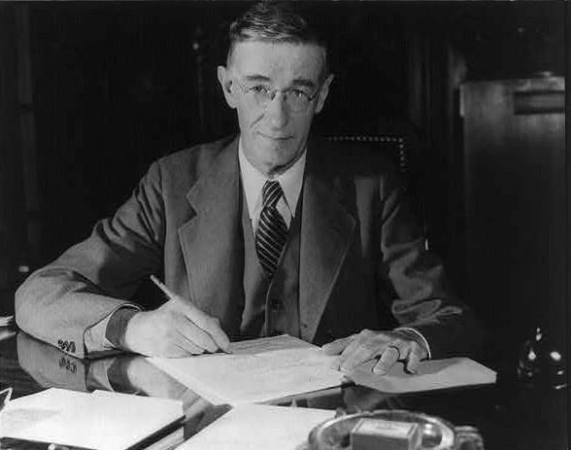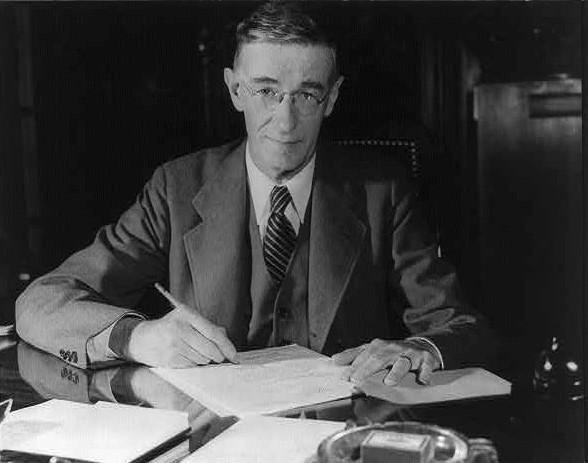
The Where, Why, and When of the World Wide Web

HTTP
Hypertext Transfer Protocol is essentially the dialogue that allows distribution and collaboration to take place across the Web. While its technological creation can be considered a modern venture, there were several precursors to the concept, which arguably has its roots in ancient times. The desire to categorise and organise information is almost second nature, and has existed for centuries. Reference works such as dictionaries and encyclopaedias, index annotations such as the Dewey Decimal Classification, and even pre-printing press texts such as the Talamud were accompanied by annotations and symbols that would guide the reader/follower/surfer around the text. These systems were separate to the process of documentation – they were concerned with the connections between texts, and the ease of information retrieval. The springboard for the etymology and electronisation behind HTTP came in the 1940s, when Vannevar Bush – an engineer associated with the analogue computer and atomic bomb – created the term Memex, based on the words “memory” and “index”. Memex was proposed as a compressed store of documents that could be indexed numerically, with the aim of making it a more efficient mechanical Rolodex. It was described as “an enlarged intimate supplement to one’s memory” (Lev Manovich, New Media Reader).
The Birth of the Internet: Vannevar Bush
In 1963, Ted Nelson – an American philosopher and technology pioneer – coined the phrases hypertext and hypermedia, which imply an overcoming of the constraints of written or tangible media. The terms refer to things displayed on an electronic device with references (hyperlinks) that lead to another text/media that are instantly accessible. Nelson’s IBM-funded research project at the time was the Hypertext Editing System (HES), which sought to organise data into two categories: links and branching text that could easily be pinpointed and recalled using labels. The flexibility, immediacy, and collaborative nature of these ideas made them an ideal basis for creating the World Wide Web. It was Douglas Engelbart, while working on a rival to the HES, who became the first person to publicly present what is now known as “The Mother of All Demos” in 1968. This showcased the computer mouse, video conferencing, email, hypertext, word processing, and real-time editing – things many of us consider to be ultramodern. Doug Engelbart 1968 Demonstration from Nathan Garrett on Vimeo.The Mother of All Demos
Tim Berners-Lee (the inventor of the World Wide Web) carried out a breakthrough in hypertext development when he integrated it with the Internet. He created ENQUIRE, a hypertext-style database of unique identifiers (what we now refer to as Uniform Resource Locators – or URLs) in a customised language that would become the basic building blocks for links and branching text (Hypertext Markup Language – or HTML), which could then be transferred between servers and computers through “conversation”. This was the first example of what we now refer to as the Hypertext Transfer Protocol. [caption id="attachment_5899" align="alignnone" width="800"] The World’s First Web Server – Tim Berners-Lee’s workstation.[/caption]
The World’s First Web Server – Tim Berners-Lee’s workstation.[/caption]
This epic article was guest written for MintTwist by Shreena from Anastrophe and Cheese. Check out her Twitter here: http://twitter.com/shreenas. Thanks very much Shreena! This article is awesome.